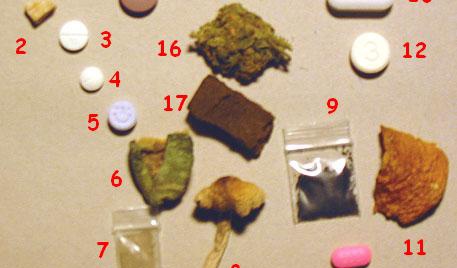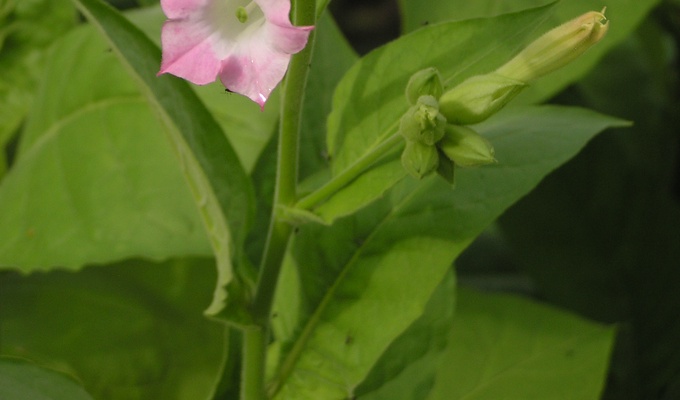A psychoactive drug, psychopharmaceutical, psychoactive agent or psychotropic drug is a chemical substance, that changes functions of the nervous system, and results in alterations in perception, mood, consciousness, cognition or behavior.
These substances may be used medically, recreationally or spiritually to a. Purposefully improve one’s perceived performance b. Alter one's consciousness (such as with entheogens for ritual, spiritual or shamanic purposes) or c. For research.
Some categories of psychoactive drugs - which are believed, by some, to have therapeutic value - may be prescribed by some physicians and other healthcare practitioners.
Examples of medication categories that may contain potentially beneficial psychoactive drugs include, but are not limited to:
- Anesthetics
- Analgesics
- Anticonvulsants
- Anti-Parkinson’s medications
- Medications used to treat Neuropsychiatric Disorders a. Antidepressants b. Anxiolytics c. Antipsychotics d. Stimulant Medications
Some psychoactive substances may be used in detoxification and rehabilitation programs for people who may have become dependent upon, or addicted to, other mind or mood altering substances.
Psychoactive substances often bring about subjective (although these may be objectively observed) changes in consciousness and mood that the user may find rewarding and pleasant (e.g., euphoria or a sense of relaxation) or advantageous in an objectively observable or measurable way (e.g. increased alertness). Substances which are rewarding, and thus positively reinforcing, have the potential to induce a state of addiction – compulsive drug use despite negative consequences. In addition, sustained use of some substances may produce physical or psychological dependence, or both, associated with somatic or psychological-emotional withdrawal states respectively. Drug rehabilitation attempts to reduce addiction, through a combination of psychotherapy, support groups, and other psychoactive substances. Conversely, certain psychoactive drugs may be so unpleasant, that the person will never use the substance again. This is especially true of certain deliriants (e.g. Jimson weed), powerful dissociatives (e.g. PCP, ketamine), and classic psychedelics (e.g. LSD, psilocybin), in the form of a "bad trip". But a bad LSD or psilocybin trip is not necessarily bad in the sense that the person can introspectively understand elements of their life, and after this bad trip, understand that this experience was necessary but temporary and that it was beneficial to them. Delirants like DPH are necessarily more or less dysphoric in their manifestation, and therefore much more often unpleasant, with LSD and other psychedelics, the mindset&setting can avoid a bad experience and an anxiolytic can improve the current condition of the person currently suffering from it.
Psychoactive drug misuse, dependence, and addiction have resulted in legal measures and moral debate. Governmental controls on manufacture, supply, and prescription attempt to reduce problematic medical drug use. Ethical concerns have also been raised about over-use of these drugs clinically, and about their marketing by manufacturers. Popular campaigns to decriminalize or legalize the recreational use of certain drugs (e.g. cannabis) are also ongoing.


